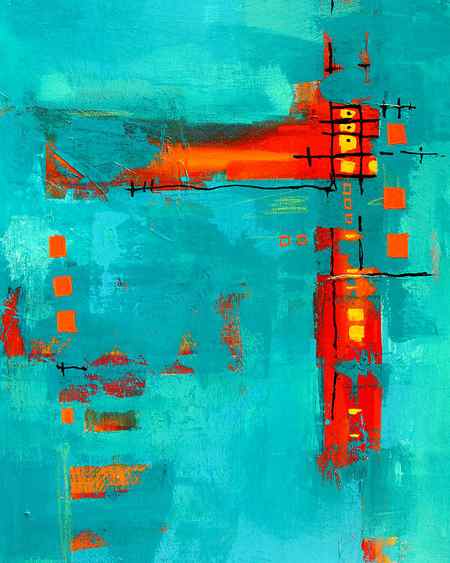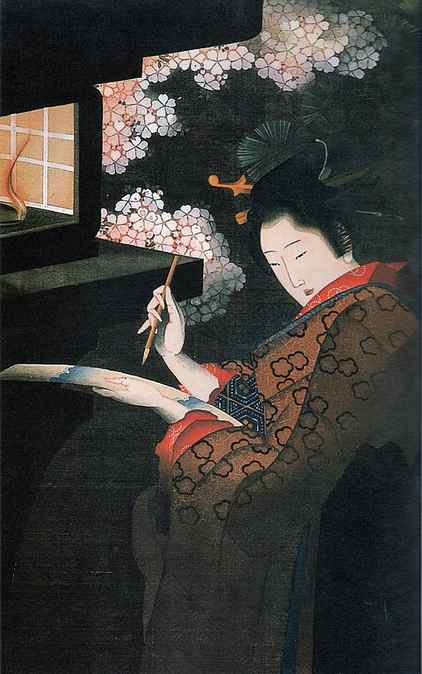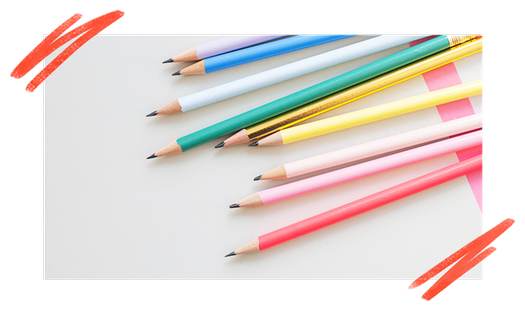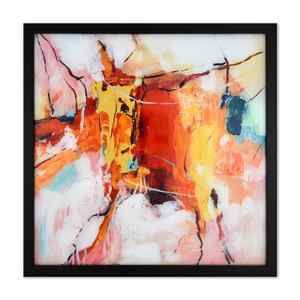Working with paint
£420. Includes all materials and a drinks reception at the end of the final session.
Terms and conditions
Abstract artist Emyr Williams leads a course experimenting with the qualities of acrylic paint. Using “open” acrylics, a slow-drying paint, participants will explore the range of creative possibilities associated with this medium in relation to colour theory.
A painting can be made in so many different ways, yet one thing is constant and that’s the paint. Modern acrylic paint manufacture affords contemporary artists an unprecedented array of colours and consistencies to work with. Painting is unique as an art form as we apprehend it at light speed; this outcome though, has often been hard-wrought and carefully crafted over time. Extending and improving the handling of materials will ensure that the emotional resonance of colour can be magnified and given greater significance and meaning in one’s practice.
Through a direct and forthright use of a range of “open” acrylic paints, which behave similarly to oil paint, we will explore working spontaneously. We will explore strategies to facilitate a greater understanding of what colour can do through paint handling to produce thought-provoking results. The ambition is to make works which will not just look exciting in their own right, but can inform future decision making when dealing with colour in painting.
We will be making paintings from a number of different starting points including: primary and secondary source materials, abstraction and memory. Each of these subjects will afford a wide range of possibilities for being expressive, experimental and demanding in the use of paint.
Tuesday 3 October
Session one will explore:
– Working from postcards, looking at tonal contrast through colour
– Colour theory: primary, secondary, tertiary colour; earths; tints and tones
– A historical look at colour from different times and cultures
Tuesday 10 October
Session two will explore:
– Working from still-life exploring layering and the implementation of complements and harmonies
– Edges, instances, direction and pace
– A historical look at colour from different times and cultures
Tuesday 17 October
Session three will explore:
– Memory exercises – selecting the essentials
– Working with contrast and exploring modification
– A historical look at colour from different times and cultures
Tuesday 24 October
Session four will explore:
– Making abstract paintings
– Being ambitious and taking risks
– Comparisons and connections
Acrylic Fusion: Experimenting with Alternative Methods for Painting, Collage, and Mixed Media
This unique reference book is designed to excite and motivate you to push beyond traditional techniques and to explore new approaches to painting. Acrylic Fusion frees you from traditional approaches to painting by exposing you to a diverse range of alternative techniques, unconventional processes, and the integration of unique materials that stimulate creativity and encourage experimentation. It’s a must-have resource aimed at artists who make paintings, and it is also a great reference for any crafters, makers, and DIYers who use paint in their work, whether they make art journals, design greeting cards, or refinish furniture because the techniques can easily be adapted for many different kinds of projects and applications.
-
Genres ArtNonfiction
128 pages, Paperback
First published January 1, 2012
Book details & editions
Loading interface.
Loading interface.
What do you think?
Rate this book
Write a Review
41 ratings 8 reviews
5 stars
12 (29%)
4 stars
18 (43%)
3 stars
8 (19%)
2 stars
1 star
Search review text
Displaying 1 – 8 of 8 reviews

348 reviews 1 follower
Some interesting ideas. Quite a few are based on treating acrylic as watercolour, then using asic watercolour techniques. Those bits could have been a single entry- how to use acrylic like watercolour- leaving room for more uniquely acrylic-possible techniques. Still worth a read.
. more
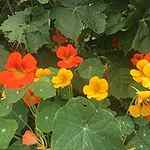
824 reviews 4 followers
Very good explanations for various techniques in manipulating acrylic paints. Also very good explanations of use of different types of mediums.
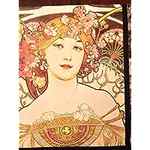
517 reviews
Good book with basic how-to steps to create new textures. It would have been nice to see more examples of works used by the papers created.

771 reviews
This is a worthwhile reference book for people who want to experiment with using various acrylic gels, mediums and grounds. I found myself wondering if the author works for Golden, but I imagine his techniques would work with other brands as well. He discusses the necessary tools and supports, and does a nice job explaining twenty specific techniques such as wiping away layers, adding soap bubbles, skins, carbons transfers, crayon resists, using alcohol or salt for texture, and so on. Several were familiar to me from my watercolor painting, but there were things I have never tried as well. I’m looking forward to trying matte fluid acrylic paint as a ground for charcoal drawing, and also trying Digital Ground to use with ink-jet printing.
I checked out a copy from the library and took notes – we’ll see if that works well enough to guide me in my own experimenting.
The author keeps his explanations short and simple, and uses lots of clear photos. This book will especially appeal to people who want to play with techniques to use with abstract art. My only quibble is that I wasn’t overly fond of his creations, which isn’t to say that the techniques couldn’t be used to make art more to my taste.
126 reviews 4 followers
The beauty of acrylics is that it’s such a versatile medium and this book is a good showcase of the wide range of effects that can be achieved using acrylics. While there is nothing revolutionary in the book, author Dan Tranberg describes 20 non-traditional ways of using acrylic paints and mediums to create more unusual effects on paper, canvas and other substrates. The techniques described include subtractive, additive and resist methods. Among them: creating watercolor or marbling effects, making image transfers and skins, adding texture with rice paper and collage elements, using crayons as a resist.
The step-by-step tutorials are very clearly written and illustrated, thus very easy to follow. The book does not include any projects although there is a small gallery of pieces created using the techniques from the book, which can easily be incorporated into paintings, mixed media projects, art journaling and other projects.
This book is a good reference for basic surface treatment techniques using acrylics, especially for those who are unfamiliar with experimenting with the medium.
. more
262 reviews 9 followers
Full of interesting techniques and good ideas!

33 reviews 1 follower
I love this book. Well-written and well-illustrated, the author presents some very interesting painting techniques. If you’re looking for inspiration, you’ll find it here.

